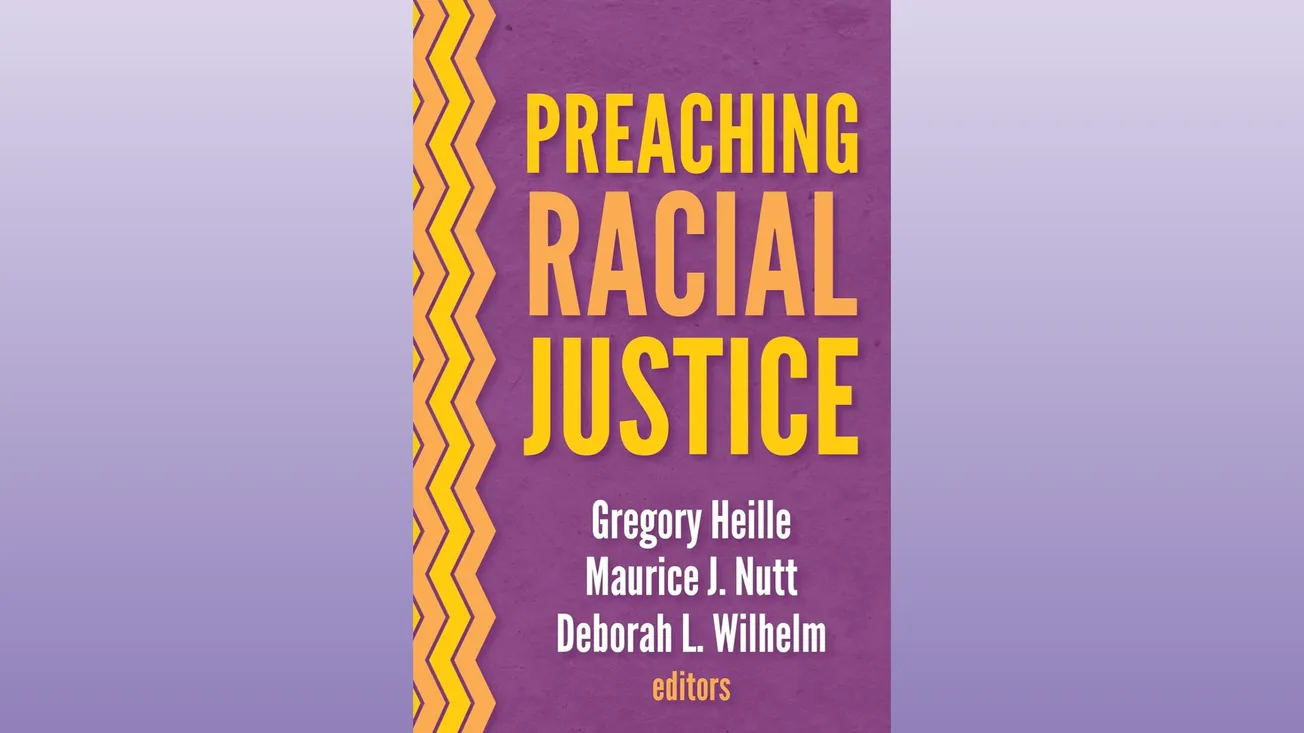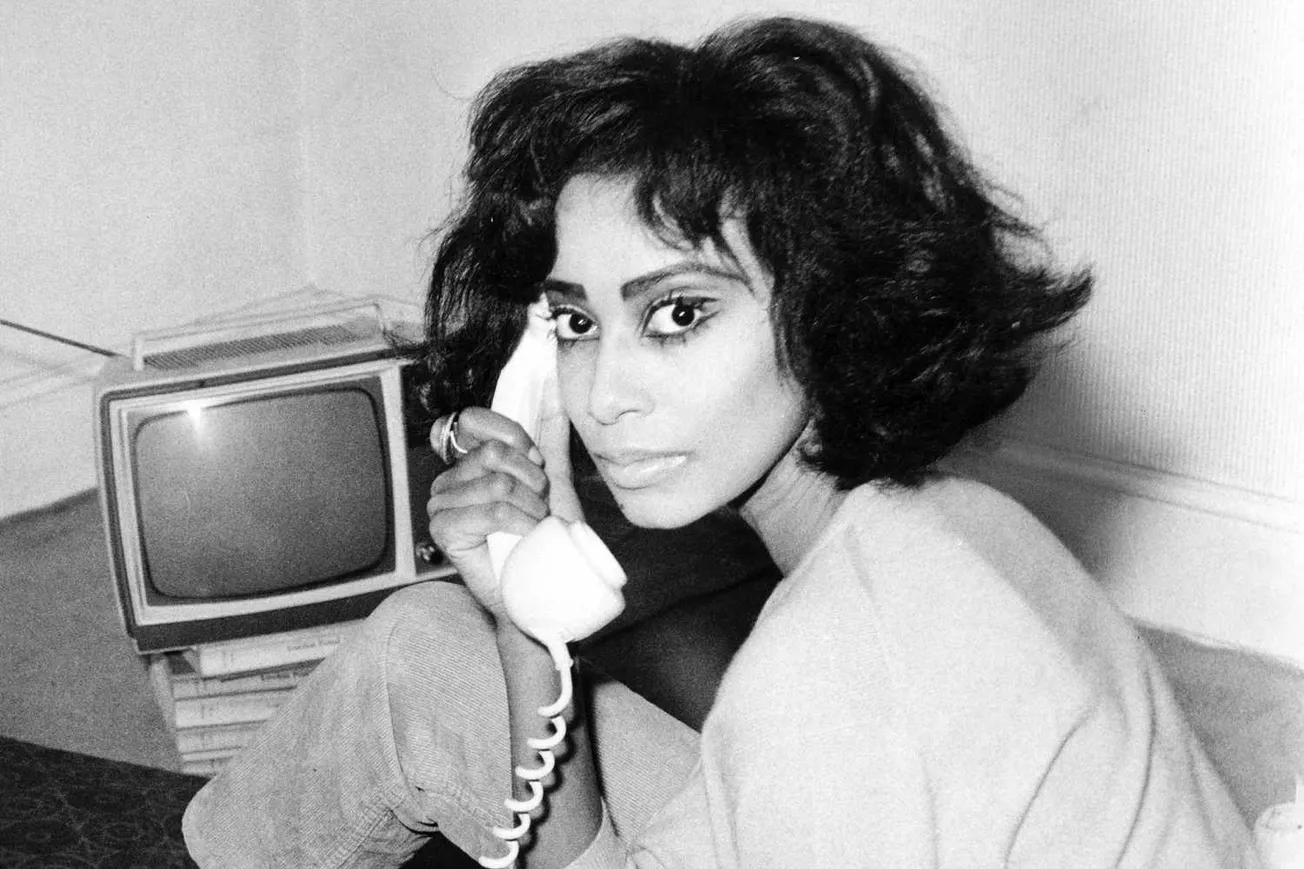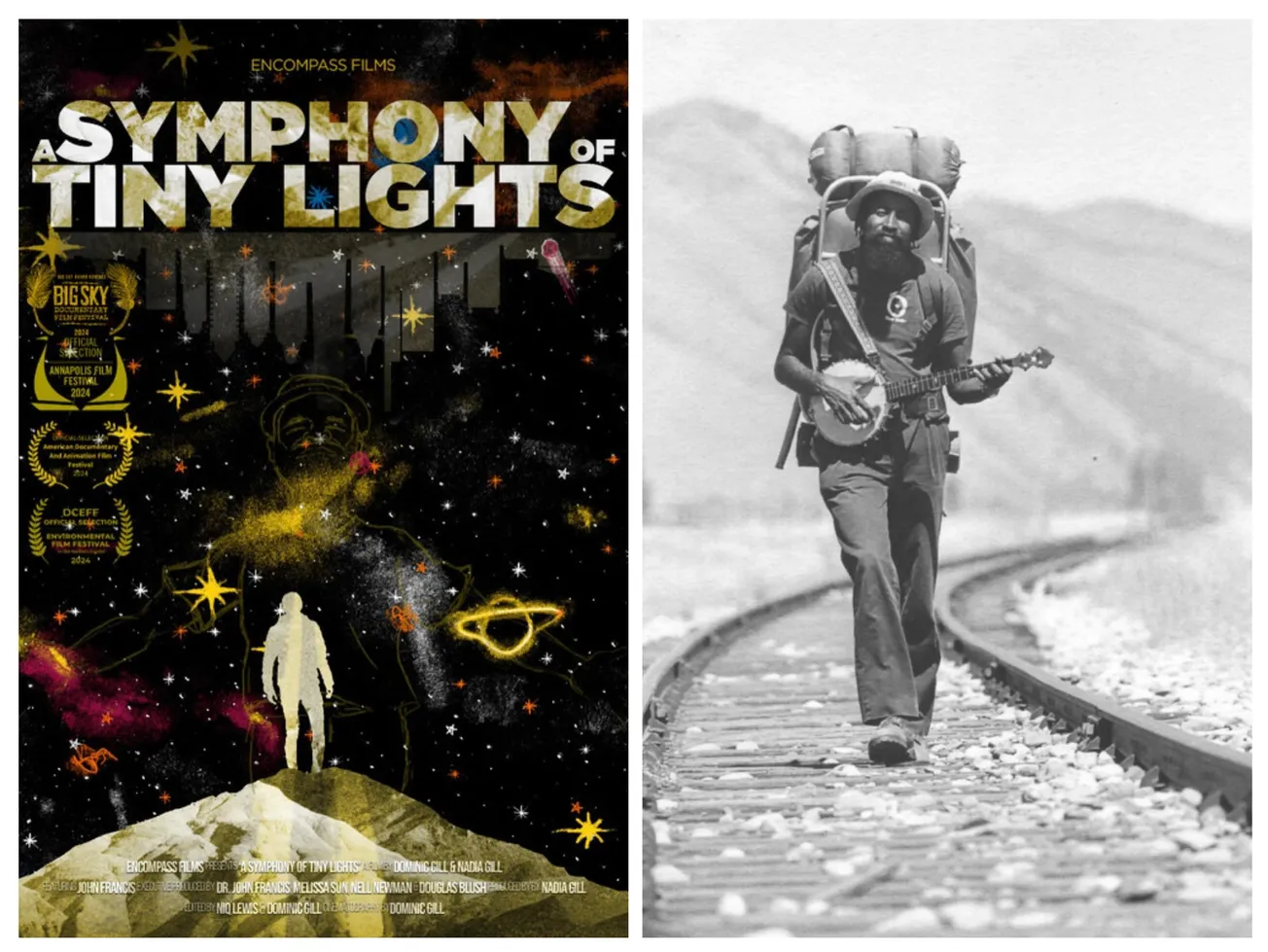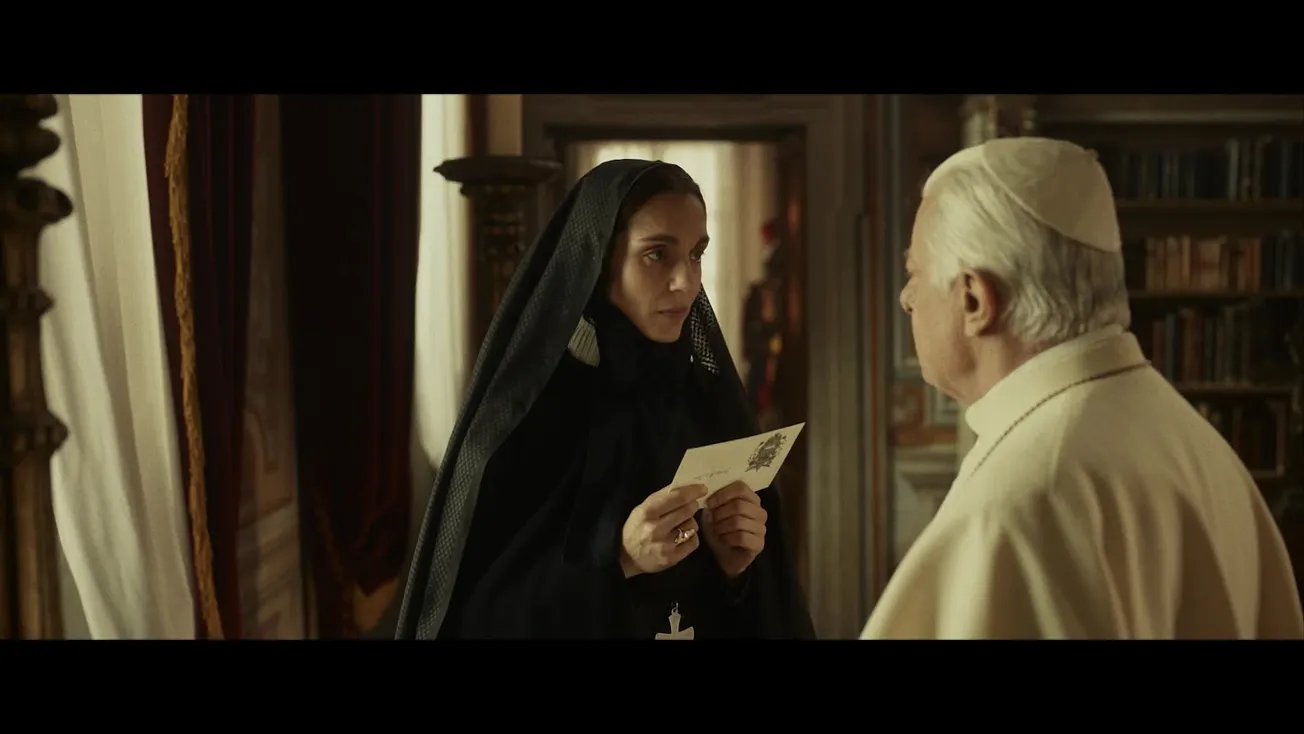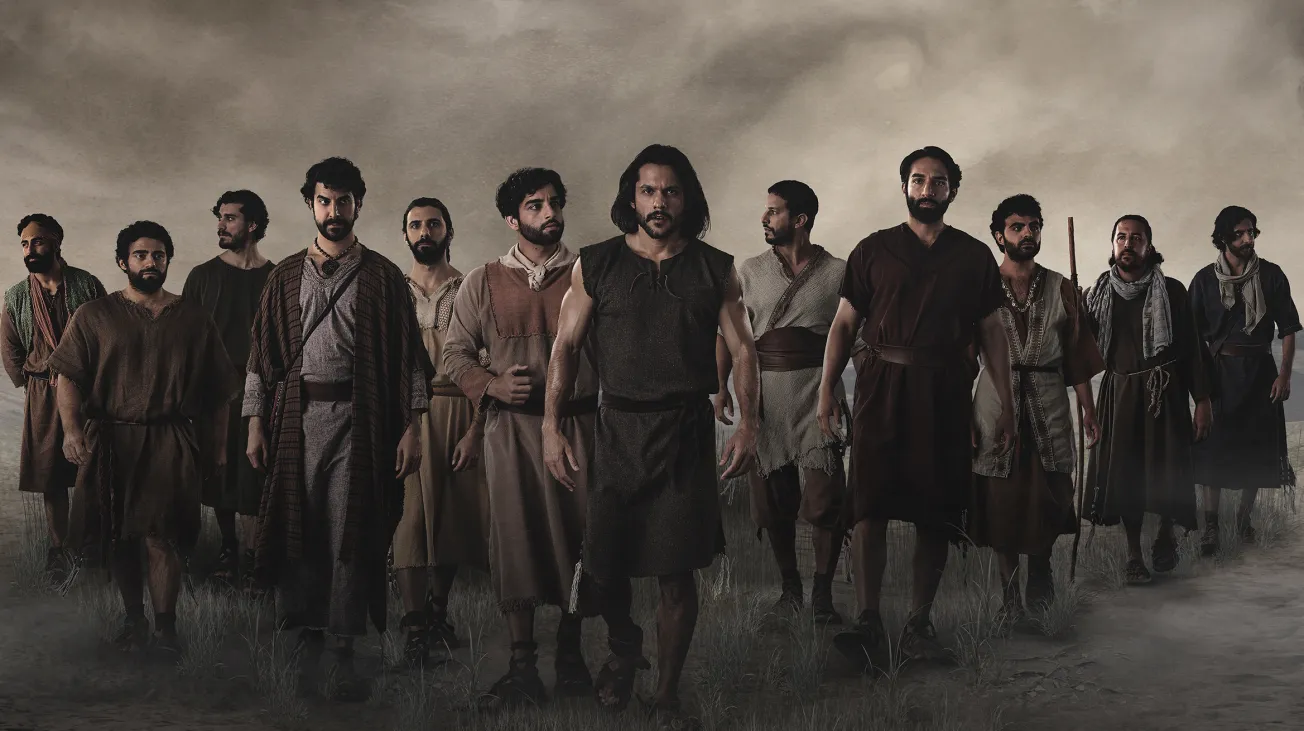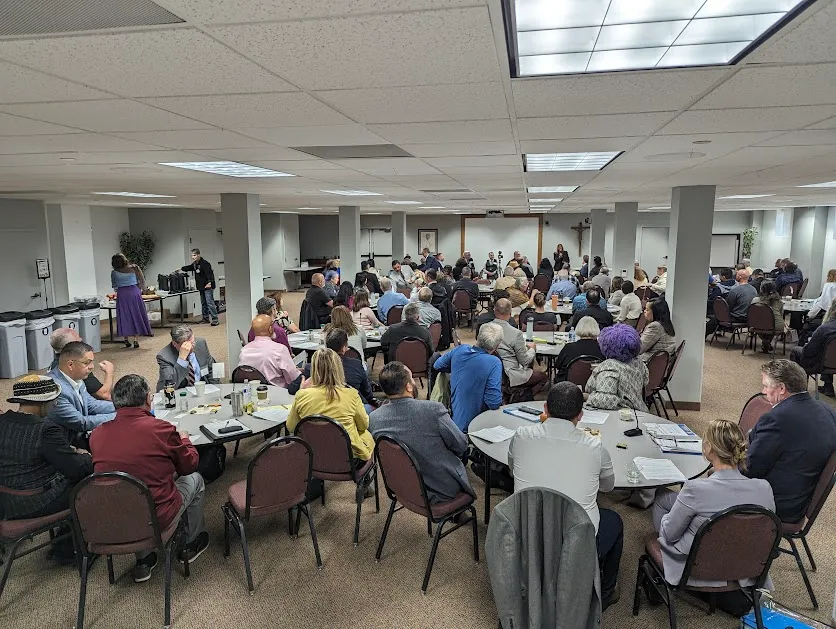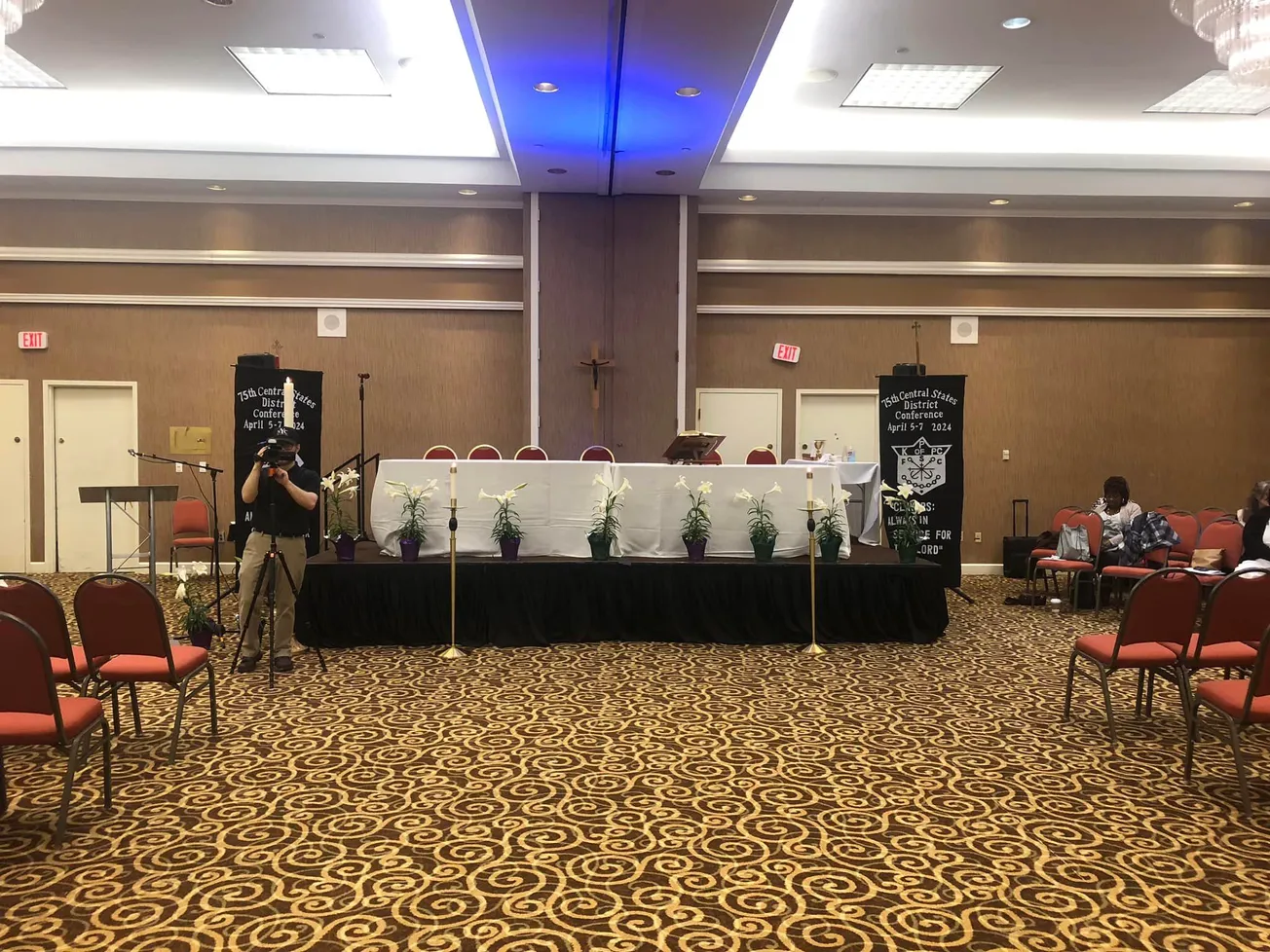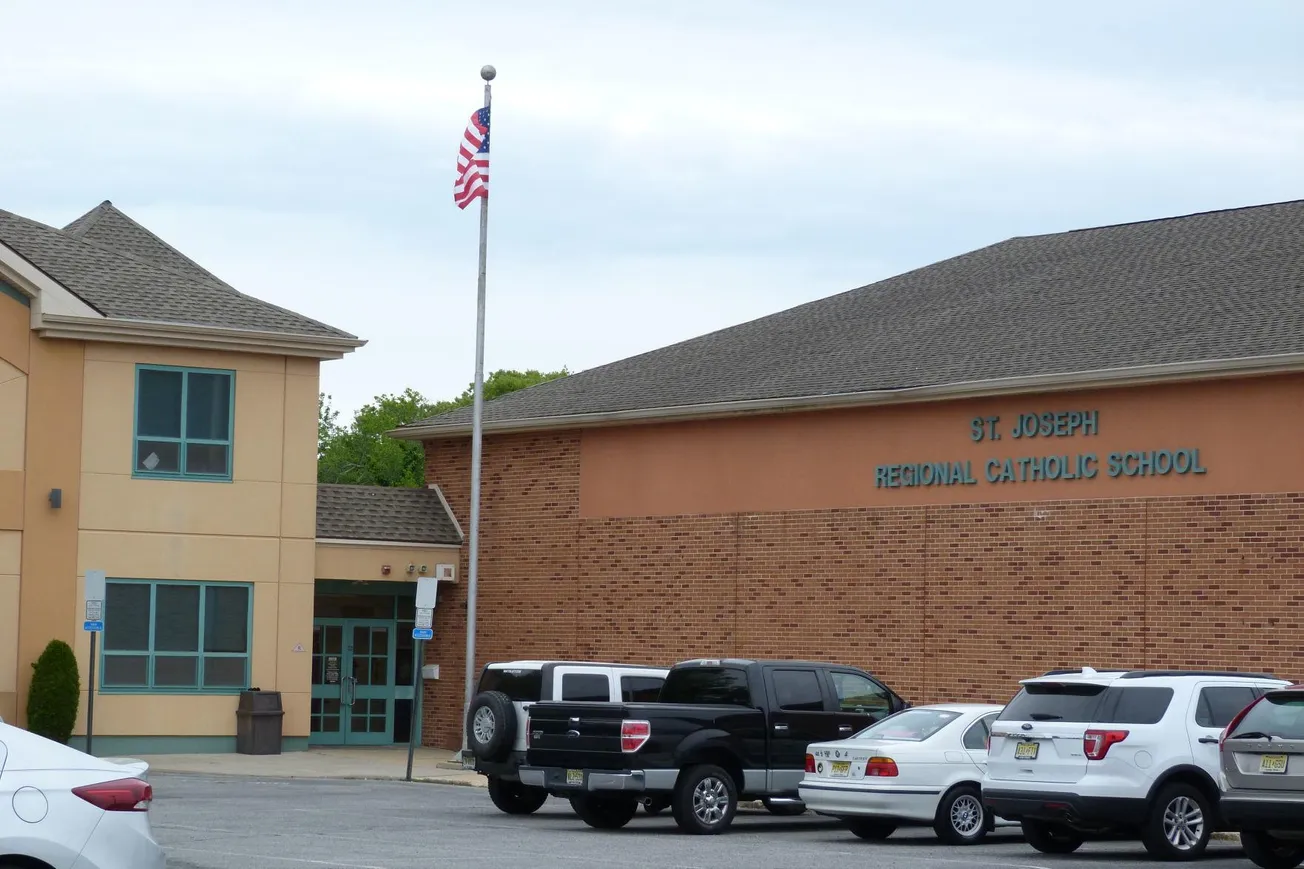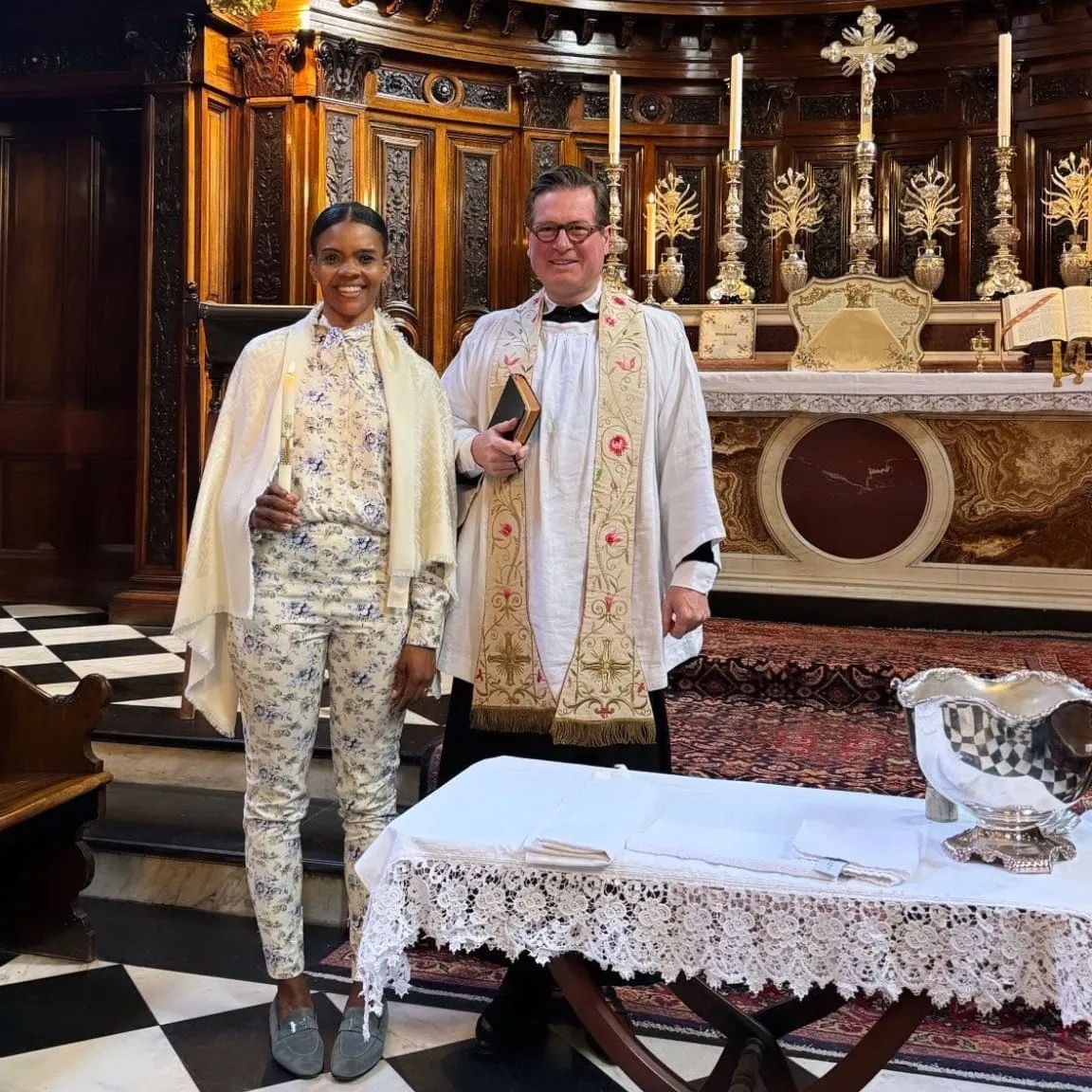I behold the intentionality and omniscience of God. Although I had been glancing at a particular book’s beautiful purple and gold cover sitting on my desk for a few weeks, I was consumed by responsibilities of academic work and family life and therefore unable to fully immerse myself in its reading. However, during an educational conference this November, the National Association for Multicultural Education, and not inconsequentially, during Black Catholic History Month, I was situated to read “Preaching Racial Justice” in its entirety.
Additionally, just prior to and worsened during my conference travel, I fell ill with a respiratory infection that left me with severe laryngitis. This brought me to meditate upon Sacred Scripture, which relates that when God silences someone, He is calling them to ponder upon and listen to his messages. I am reminded of the song featured in the 1985 film “The Color Purple”: Maybe God is trying to tell you somethin’.
The conference’s keynote address was given by Bryan Stevenson, whose work focuses on honoring the sufferings and martyrdom of our ancestors on U.S. soil. He has an equal commitment to the exoneration of innumerable and disproportionately incarcerated Black and Brown men, women, and children, as described in his book, “Just Mercy.” Stevenson’s work has underscored the connection between the generations of brutality, and dehumanization of Black and Brown bodies for economic profit, from the transatlantic slave trade to the prison-industrial complex. In the moments when I was not in conference attendance, I was also taking in the historical context of Montgomery, Alabama. I visited the Legacy Museum, the National Peace and Justice Memorial, and the church where meetings were held to organize the Montgomery Bus Boycott.
In “Preaching Racial Justice,” the Dominican priest Gregory Heille recommends making a Civil Rights pilgrimage, visiting places that have stood in time or have been erected in prayer and memoriam. Heille’s testimony mirrored mine, as this experience seemed to have had just as profound an impact on me as it did on him. None of this was coincidental in my reading of the text, and it set a beautiful and necessary backdrop.
“Preaching Racial Justice” is a collection of writings from a group of diverse writers who speak to the urgency, context, necessity, and consequentiality of preaching to the congregation about the trauma of racism. Acknowledging the number of parishioners in the U.S. Church who identify as White, this text offers some methods for delivering the message about racism while also providing some strategies for “unlearning and relearning,” as described by Dr. A. Anita Vincent, one of the book’s contributing authors.
The text makes explicit that the Church as an institution has indeed upheld racism, and the efforts to have honest discussions about it with the flock have been futile. This is a difficult truth for many to grapple with, as it seems much easier to locate racism as external to God’s house or to reduce it to only interpersonal or attitudinal in nature. The uncomfortable realities, however, are outlined rather well through the book’s personal narratives, interviews of religious leaders, and reflections on ancestral and biblical conceptualizations, both in historical and contemporary contexts.
One example is detailed by another Dominican, Fr James Pierce Cavanaugh, in his interview with Auxiliary Bishop Ferdinand Cheri III of New Orleans. Cheri provides a historical account of racism and segregation while also describing the racism he endured within the seminary.
An interweaving of Scriptures throughout many of the chapters fortifies an understanding that rejecting racism and its manifestations goes beyond an individual’s personal viewpoints or offerings. It must be grounded in the authentic faith, drawing from the Genesis narrative that tells us we are each made in God’s image and likeness. The Biblical focus in the text also emphasizes that racism is, in fact, a sin.
Another strength of “Preaching Racial Justice,” which seems to add to the coalescence of the authored pieces, is that it was conceptualized and formed through the authors’ engagement within a community of practice. Each writer had both an individual and collective commitment to helping the reader reflect and potentially apply the book’s lessons in their own lives, or in their Church contexts. Another added benefit is the diversity of the contributors, from clergy to lay ministers, all self-described preachers of the Word. Additionally, there is a cultural and social representation, particularly useful for describing how racism and injustice do not just solely impact Black and Brown individuals, but are destructive to the entire human race—including those racialized or socially positioned as White.
Dr. Deborah Wilhelm, adjunct faculty at LIM, celebrates the publication of Preaching Racial Justice, a volume she co-edited with Rev. Gregory Heille, OP, and Rev. Maurice Nutt, CSsR. Congrats, Dr. Wilhelm!https://t.co/V763fxIppy pic.twitter.com/PZDtmHDr89
— Loyola Institute for Ministry (LIM) (@LIMINO) September 19, 2023
I was particularly struck by Dr. Deborah Wilhelm’s recounting and then reencountering her family history while gazing at a photo, acknowledging the violent acquisition of Indigenous lands. Fr Peter D. Hill provided a self-analysis as a Black Caribbean man, describing how he—like many others across the African diaspora—have internalized White Supremacy, leading to a cultural, personal, and historical distancing from Black Americans. Although Hill described his own enlightenment through the reading of the Gospel, his narrative exemplifies and reifies just how deeply entrenched negative stereotypes and perceptions about Black Americans are, even by people who themselves would be identified as Black. These are among the difficult and painful tensions discussed in the book’s chapters.
Aligned with the central focus of the book, contributors note the remarkably poor, inadequate, or lacking discussions of racism in many homilies and sermons today, especially following an event of racial terror. Dr. Stewart Clem references Pew Research studies showing that American Catholics, along with White evangelicals and mainline Protestants, were less likely to hear about racism in their sermons in contrast to Black churches. And this is not without effect, as Dr. Valerie D. Lewis-Mosley painfully describes: “I have had countless experiences of coming to Mass hoping to receive refuge from the trauma experienced by the onslaught of attacks on Black bodies but with no promise of justice. I leave those liturgies feeling even more downtrodden than when I arrived.”
“Preaching Racial Justice” also calls out the behaviors of the self-proclaimed faithful. Redemptorist priest Maurice Nutt breaks down the problematic “I don’t see color” approach taken by many White Americans. While it fails to confront and address racism, it also undermines the dangers of both White fragility and the legacy of our country’s idolized “distorted notion of whiteness.” Highlighting the generations of violence, lynchings, exclusion, and trauma inflicted upon Black and Brown bodies, Nutt questions how members of the Catholic church could possibly reject the truth of racism as “America’s original sin.”
In a similar way, Fr Vincent Pastro recounts the commentary from White parishioners after a celebration of the Feast of Our Lady of Guadalupe, perceived as a disruption to the “order” they would have liked to control. He poignantly describes how the Church’s inclusivity often looks more like assimilating into White cultural norms rather than celebrating the language, customs, beauty, and richness of cultures. This includes those who identify as U.S. Hispanic/Latino and speak the dominant Spanish language, but engage in the othering of Indigeneity.
Why does “Preaching Racial Justice” matter? Perhaps this query is framed best through the testimony of Resurrectionist priest Manuel Williams. He notes the failure of the Catholic Church to respond to the 1968 manifesto from the National Black Catholic Clergy Caucus following Dr. Martin Luther King Jr.’s assassination. The NBCCC explicitly stated how the Church persists as a “White racist institution,” and assailed its complicity in, failure to acknowledge, and lack of response to racism and injustice.
Although the question of why racial justice preaching matters (and many other asks like it) has been left unanswered, perhaps this book contributes a thoughtfully and collectively crafted starting point, moving toward how the Church might begin to respond—by speaking directly to its people.
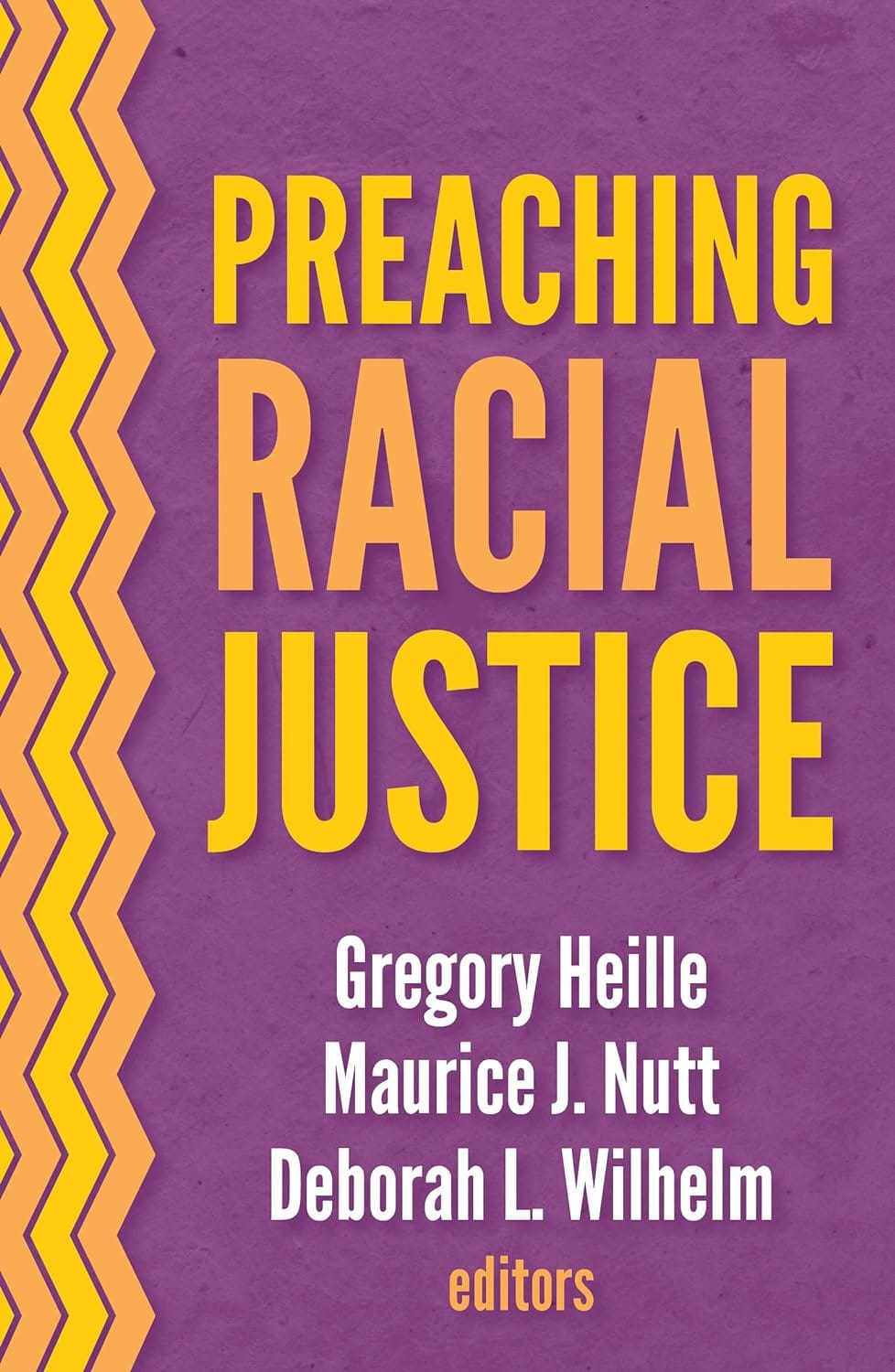
Preaching Racial Justice
Editors: Maurice J. Nutt, Deborah Wilhelm, Gregory Heille
Lydia Ocasio-Stoutenburg is a Black and Latina Catholic layperson, a wife to her husband of 25 years, mother to five children, and an Assistant Professor of Special Education. She is a family, disability, and community researcher, and an advocate for justice.


